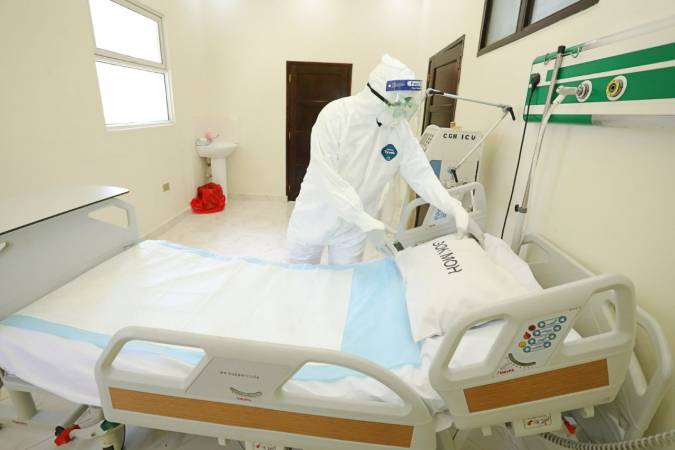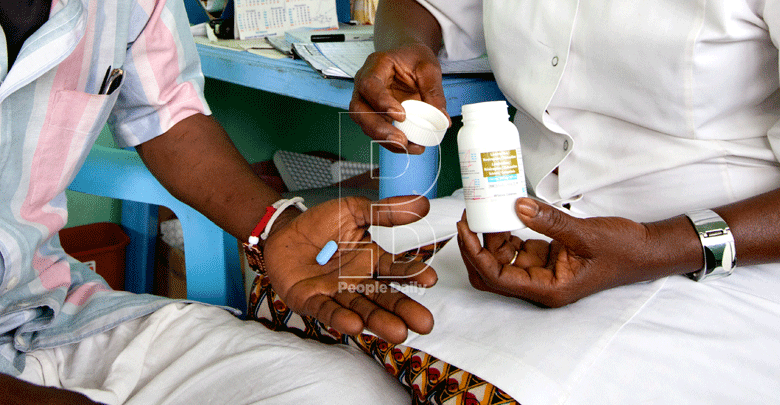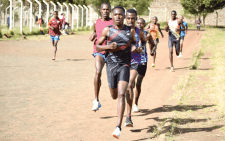War on Aids should focus on adolescents

World Aids Day was observed yesterday amid concerns that general prevalence might be reducing but specific demographic groups experience an upward spiral.
We have come a long way since the condition was first diagnosed and stigma was the hallmark of the day but we should not rest on our laurels.
In Kenya, statistics indicate that some 1.6 million people were living with HIV last year. Four Per cent of the population, aged between 15-49 years were living with HIV. There were 46,000 newly infected people. Further, at least 25,000 people died from Aids-related illnesses.
Global Aids Progress report 2019 indicates new infections had dropped by 51 per cent in six years while 1.2 million are on ARVs.
Between last year and this year, 91 per cent of pregnant women living with the condition accessed ARVs, thus preventing some 11,000 new infections among newborn babies.
But even with the infection rates coming down across the board, there is need to focus more attention on the adolescent population, where new infections remain high.
We express concern about this demographic because it is an age that is inclined to adventure and experimentation.
The challenge is further compounded by the fact that the age at which youth are start to engage in sex is coming down, with teenagers and pre-teenagers already indulging in the practice. There is cause for worry.
There is also need to counter check if intervention measures have succeeded in risky groups such as uniformed forces and truck drivers, where both infection and prevalence rates remain higher than the rest of the population.
Granted, the approach has evolved from awareness creation two decades ago to prevention and provision of ARVs, which generally served to prolong life. But society must not relent in the fight against HIV, even as researchers move towards a vaccine, which appears to be on the horizon.
Sex education remains key in both ensuring the unborn are free from HIV and that the increasingly sexually active adolescent population is aware of pitfalls and take prevention measures.
Parents and teachers must not tire of encouraging abstinence and the use of prevention in the fight against HIV. Eternal vigilance is key.













